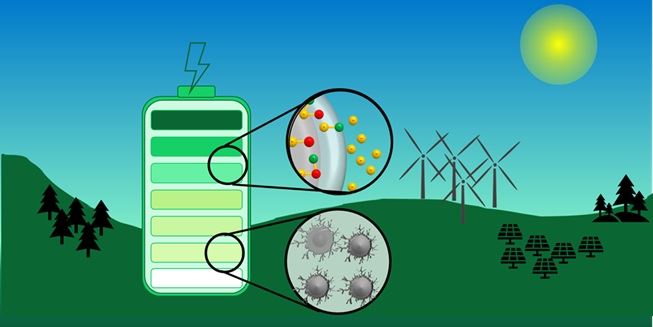Europe's transition to a sustainable future hinge on overcoming limitations in current battery technologies. As energy demands increase and environmental concerns intensify, the need for efficient and reliable energy storage solutions becomes paramount.
Recognizing this imperative, the Collaborative and Knowledge-building Project LiTIA is dedicated to developing new knowledge on lithium transport and interface reactions in advanced battery materials.
Utilizing cutting-edge materials characterization techniques such as dynamic and operando NMR/TEM/XPS, LiTIA seeks to bridge the gap between fundamental science and commercial battery material optimization.
By unravelling the intricate mechanisms governing lithium transport and interface dynamics, the project aims to pave the way for transformative advancements in battery technology.
Collaborating closely with industry partners CENATE and Vianode, LiTIA integrates advanced characterization capabilities with industrial expertise to address critical knowledge gaps in battery science. Through this collaborative effort, the project is poised to make significant strides towards enhancing the performance and reliability of lithium-ion batteries.
The project will be focusing on composite nanoparticles of Si-C and graphite materials. Electrodes and electrode/electrolyte interfaces will be examined using state-of-the-art materials characterization techniques, including dynamic and operando investigations, to build knowledge from atomic to nanoscales.
By targeting key areas of research and innovation, LiTIA endeavors to unlock new levels of materials innovation for the battery industry. Ultimately, the insights generated by the LiTIA project have the potential to have a big impact on battery technologies, driving Europe towards a more sustainable and energy-efficient future.

